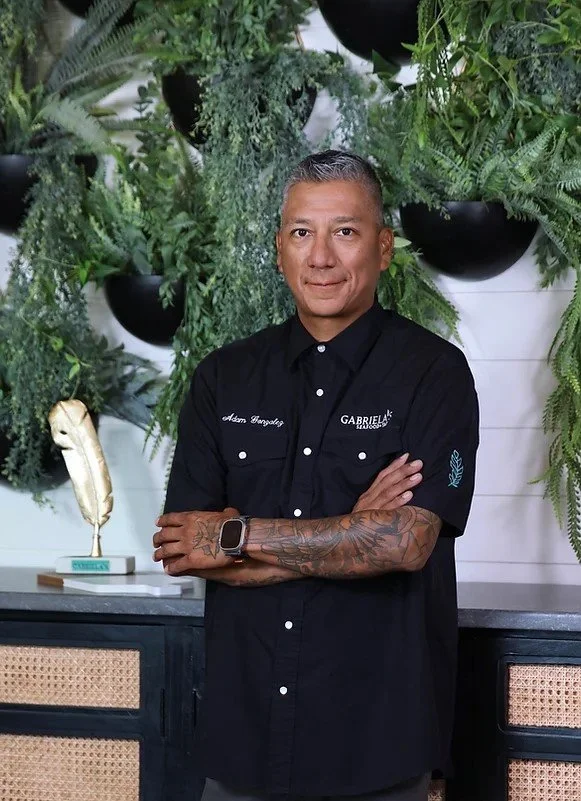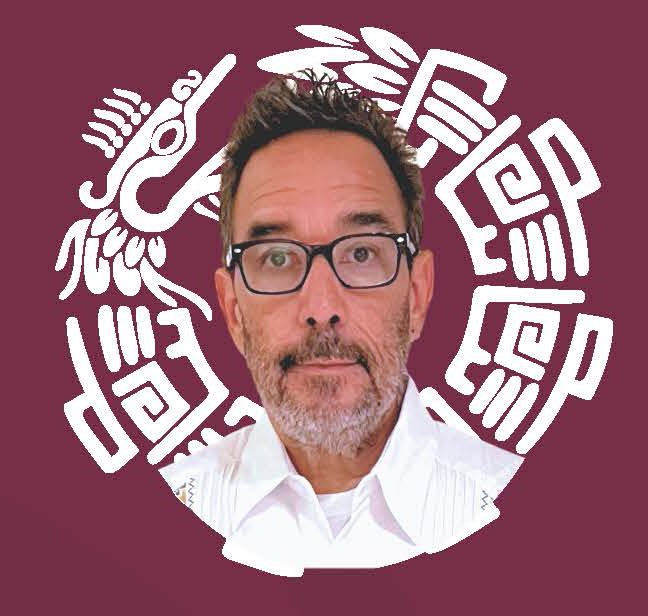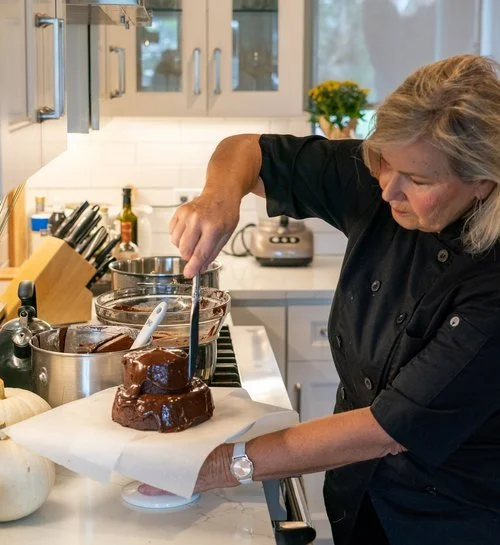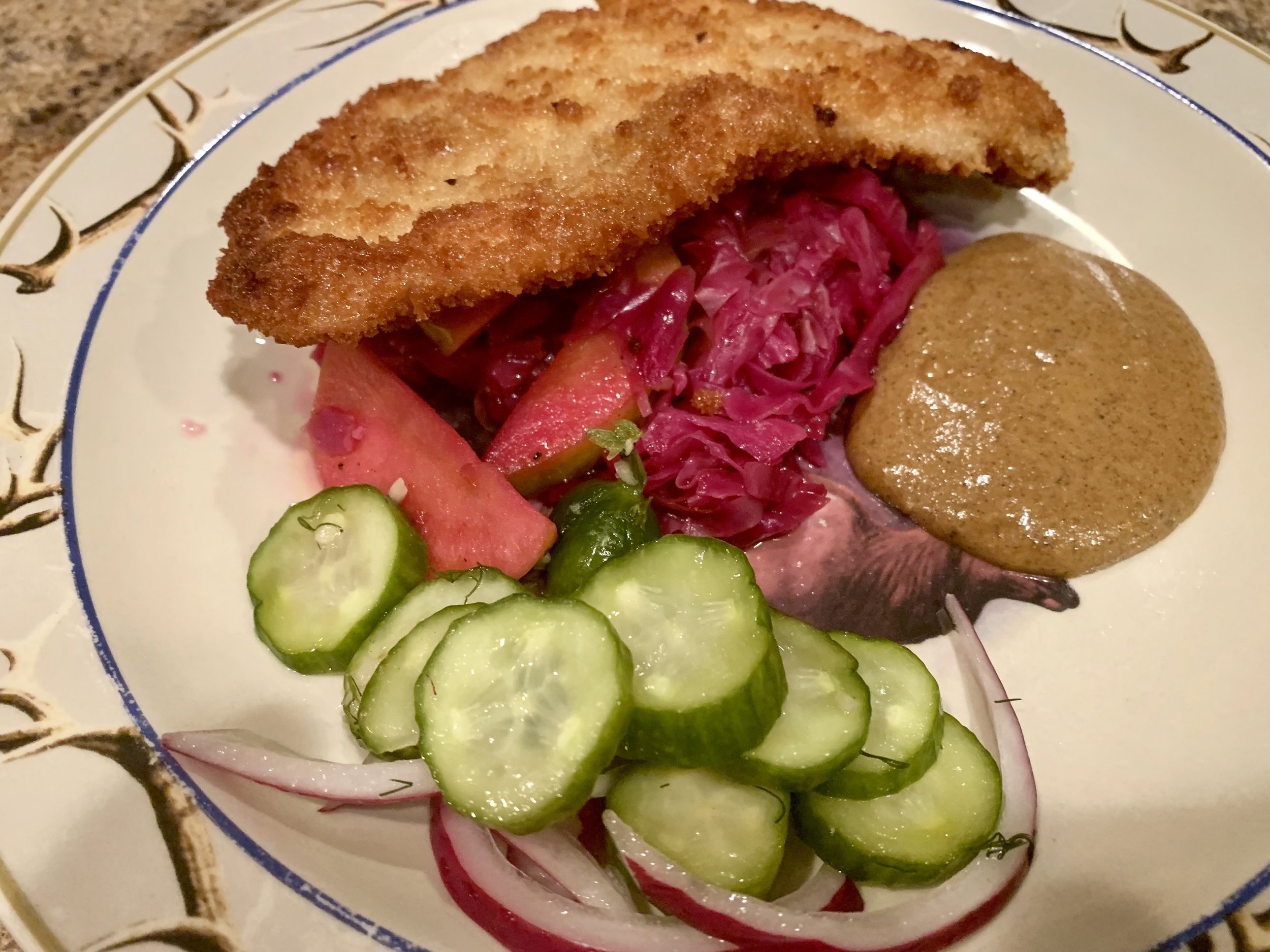While I will be highlighting my participation on The Great American Recipe, I will be talking more about community, culture and places of belonging.
Being a contestant on "The Great American Recipe" has been an incredible journey, filled with pride and a deep sense of connection to my roots. As someone who hails from El Paso, Texas, and now calls San Antonio home, this experience has allowed me to showcase the unique fusion of flavors that define the culinary landscape of my life.
Sharing my recipes, which blend the rich, hearty traditions of El Paso with the vibrant, diverse influences of San Antonio, has been a dream come true. The opportunity to represent not just my own family’s heritage but the dynamic spirit of Tejano cuisine has filled me with immense gratitude and joy. Being part of this show is about more than just cooking; it’s about celebrating the stories and cultures that make up the tapestry of American food.
Cooking Mexican food has always been a vibrant part of my family’s traditions, weaving together stories and flavors passed down through generations. Growing up, Sundays were synonymous with the rhythmic sounds of chopping and sizzling in my family’s kitchen. The aroma of fresh cilantro and charred chilies filled the air as my family gathered to prepare the weekly feast. My grandmother would start early in the morning, her hands deftly mixing masa for tamales or grinding spices in a heavy molcajete. Each dish, from the rich mole to the simple yet essential corn and flour tortillas, was a testament to the love and care poured into our family recipes. The kitchen was a hub of activity and laughter, a place where we all came together, each contributing a little bit of ourselves to the meal.
In my community, cooking Mexican food is more than just a culinary activity; it’s a celebration of our heritage and a way to keep our culture alive. Local festivals and gatherings are always centered around food, with tables laden with dishes like pozole, enchiladas, and churros. Elders in the community often share cooking tips and secrets, teaching the younger generations the importance of traditional ingredients and cooking methods. These gatherings are a vibrant display of our culture’s richness, where everyone, regardless of age, comes together to share, learn, and indulge. The shared experience of cooking and eating Mexican food fosters a deep sense of belonging and pride in our cultural identity.
Public television stations play a vital role in our community by providing access to educational and cultural programming that enriches lives and fosters a sense of togetherness. For me, cooking shows on public television, in particular, hold a special place in this mission. They not only teach valuable culinary skills and inspire viewers to explore new recipes and cuisines, but they also highlight the rich diversity of cultures within our communities. These shows often focus on local ingredients and traditions, allowing viewers to connect with their own heritage and discover the unique flavors of different regions. By showcasing the stories behind the food, public television cooking shows encourage understanding, empathy, and respect for different cultures. They serve as a powerful reminder of the ways in which food brings people together, breaking down barriers and creating a shared experience that transcends age, background, and socioeconomic status.
Public Television is a cornerstone of the community because it serves as a hub for education, information, and cultural enrichment. PBS stations provide high-quality, commercial-free programming that spans a wide array of interests and age groups. From educational shows for children that spark curiosity and learning to in-depth documentaries and local news that keep the community informed about critical issues, PBS plays an essential role in the lives of its viewers. Additionally, PBS showcases local stories and voices, giving a platform to the unique experiences and perspectives of the San Antonio community and surrounding areas. Through its diverse offerings, PBS fosters a sense of community and engagement, connecting people through shared stories, knowledge, and a commitment to lifelong learning.
I know this from my life as a child growing up in El Paso, la frontera.
While I love how the Great American recipe delved deep into my family and culture, it didn’t speak a lot about how and why I learned how to cook. I learned how to cook out of necessity. I am the middle child from a family of six. We lost our mother to cancer when I was 6 years old. My older brothers left the home, and my younger siblings went to live with my grandparents in El Paso and the Rio Grande Valley. I was left to live with my dad and was responsible for making our meals. As a child of the 60’s luckily TV dinners were a big thing, so for a lot of the time we ate Banquet Frozen Fried Chicken and those premade shrimp cocktails where you got to keep the glass, being a creative and inquisitive young man I started to venture on my own and began cooking simple meals focused mainly on proteins and vegetables.
But my real growth in falling in love and learning how to cook took place on Saturdays with all of the amazing cooking shows! An iconic figure of this era was Julia Child, who debuted her groundbreaking show, "The French Chef," Julia's warm, approachable style and passion for French cuisine captivated me and demystified cooking. Then came Paul Prudohm, Yan Can Cook, the galloping gourmet, James Beard, the frugal gourmet, and many, many more. I was hooked and obsessed. You may now understand that the first book I ever saved up and purchased was Julia Child's “The French Chef”.
PBS like many public broadcasting stations, relies heavily on the generosity of its viewers to continue operating without commercial influence. By donating, individuals help ensure that PBS can provide diverse content, including local news, educational programs for children, in-depth documentaries, and cultural showcases that are accessible to everyone in the community.
